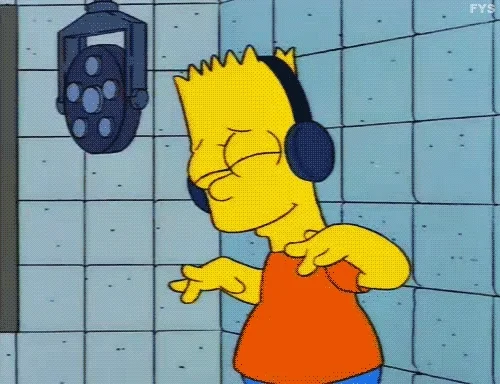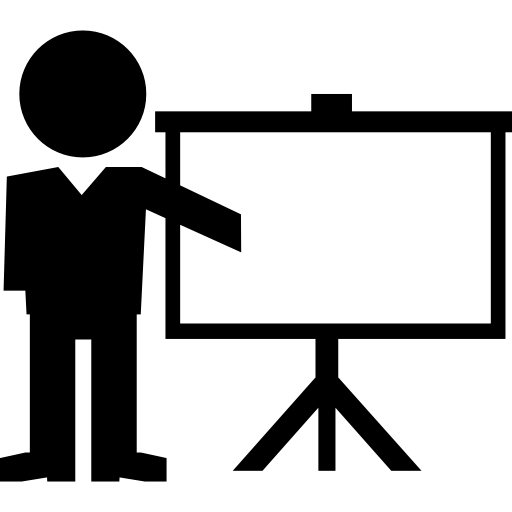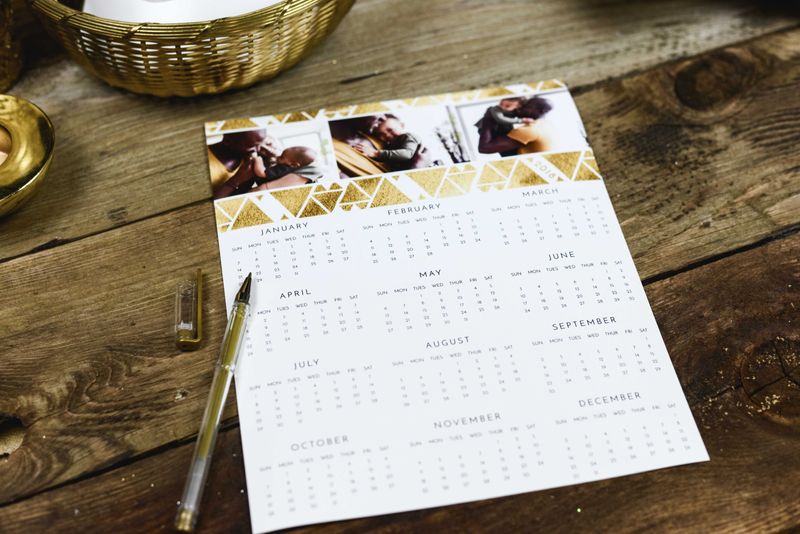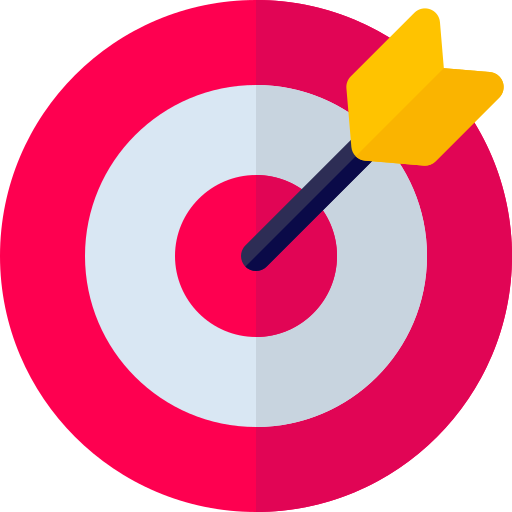Have you ever wanted to unleash your inner musician in a greater way than on an “air instrument”?

True Story: 10 years ago, I finally decided to learn the guitar after hesitating for a few months. Here are a few steps to take proactively to learn any instrument.
If you're still on the fence, there are many benefits to learning an instrument!

Personally, playing the guitar gives me...
A healthy outlet for my stress and anxiety
More creativity
A greater sense of confidence
1. Find your instrument
A few questions to consider when choosing an instrument.
What kind of music do you like?
The kind of music you generally lean towards might influence the instrument you choose to learn.
For example, if you enjoy country music or the early days of Taylor Swift, you might enjoy learning the guitar.

What kind of living space do you have?
The space you live in might influence your choice of instrument.
If you're living accommodations are more temporary, such as the "van life", then choosing a portable instrument might be beneficial.

But, if you're more or less settled, you may have more options to choose from:
Do's ✔️
Consider the size of the instrument
Choose an instrument that fits in your living space.
Choose an instrument that's easy to transport or store.
Buy an electronic or digital instrument, with noise-cancelling headphones.
Choose an instrument that is suited to the acoustic properties of your living space.
Don'ts ❌
Avoid selecting...
An instrument solely for its sound quality without considering its physical size.
A self-assembly instrument if you have limited space or need to frequently move it around.
An instrument sensitive to temperature or humidity changes in your living space, or extreme weather conditions.
Will you go solo or play in a group?
Some instruments are naturally more suited to be played as a group, such as traditional orchestral instruments. Others, like the banjo, are more suited for playing solo.
The exceptions are that even instruments traditionally played with a group have opportunities for a sick solo.
Solo ♪
Choose an instrument that can play lead parts.
Choose an instrument that can be played with varying techniques to create unique effects.
Group ♫
Choose an instrument that complements other instruments in a group setting.
Choose an instrument that is versatile to be played in different genres and styles in a group.
Personally, I chose the guitar because...
I enjoyed the early 2000s rock band scene
I had a small living space at the time
My friends played the drums and bass so they needed a guitarist
Try out this quiz if you're still unsure of which instrument to choose.
Quiz
Which of these might play a minor role in your decision in choosing an instrument?
2. Choose your method of learning
There are many ways to learn an instrument nowadays and each has its own advantages.
There are two main methods:
 Instructor-led:
Instructor-led:
In-person teacher
Online teacher
 Self-paced:
Self-paced:
Apps
Youtube videos
Blogs
Personally, I went with Youtube videos because the self-paced nature and the cost, being free, appealed to me as a student with no money.

3. Get regular practice
This cannot be emphasized enough and is applicable to learning anything.
I found from personal experience that binge practice for the first few days, due to novelty and excitement, starts to die down, then my instrument starts to collect dust.

Section off a time of the day, a week, or even within 1 month to practice your instrument regularly.
 Photo by Mockaroon on Unsplash
Photo by Mockaroon on UnsplashWe all know that practice makes better but the most important part is the regularity of the practice.
Learn from my mistake! Start with an achievable, sustainable, and regular routine.
4. Set achievable goals and milestones
 Goals can:
Goals can:
Provide direction
Increase focus and motivation
Help time management
Reminds you of your original purpose
 Milestones help:
Milestones help:
Keep you on track
Boost confidence
Provide a sense of accomplishment
For example, I had a personal goal of playing a song with four chords on the guitar at the end of two weeks.
I set a milestone for myself to memorize the four chords by the end of the first week and focus on the strumming pattern in the following week.
When setting a goal, ask yourself these questions:
Is it achievable? Is it sustainable?
Is the goal too easy? Too difficult? Or just right?
Personally, using focused.
Quiz
Which of the following would be a fitting goal for learning how to play an instrument?
Take Action
So, what are you waiting for? Here's an action list to help you get started in unleashing your inner musician! 🎶

Your feedback matters to us.
This Byte helped me better understand the topic.
